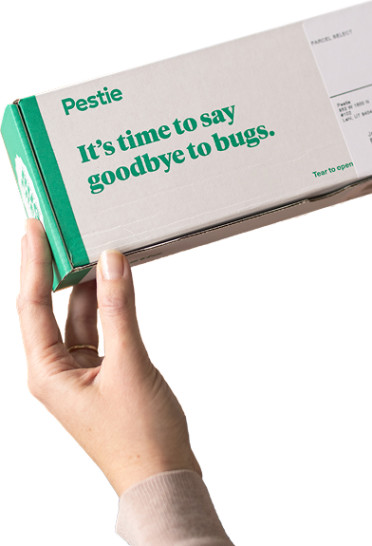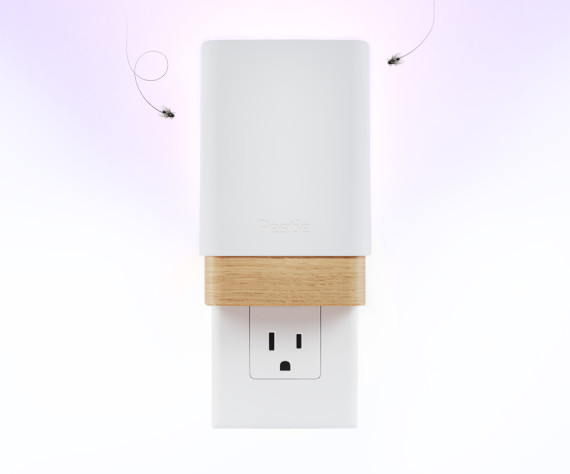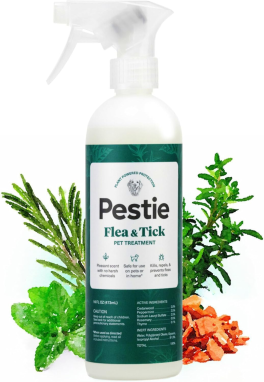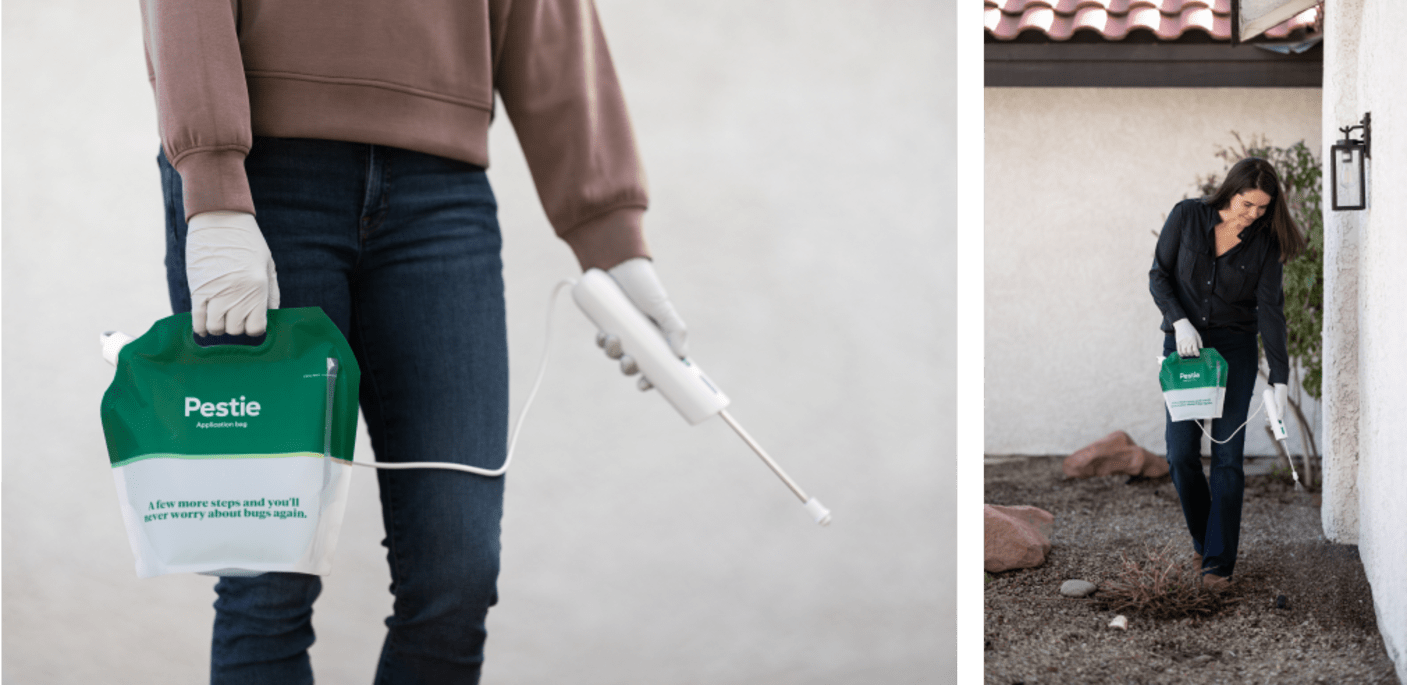How to identify and get rid of garden millipedes
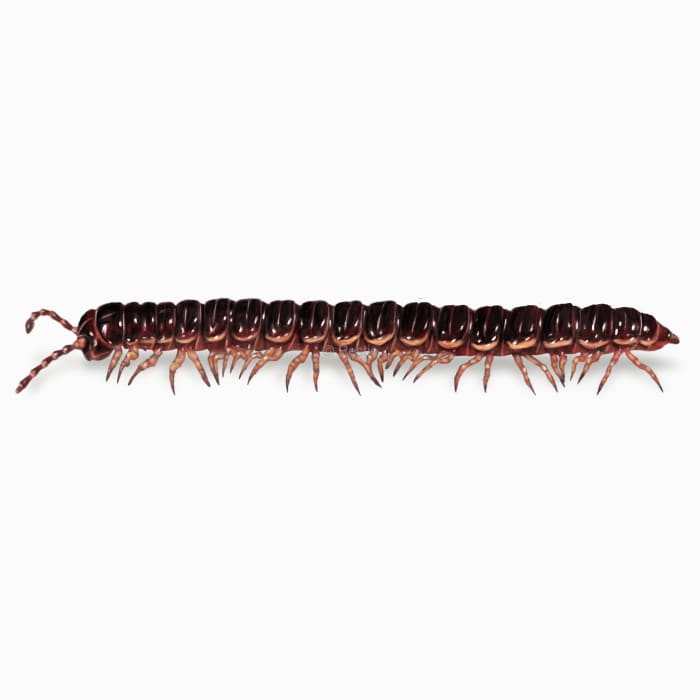
Dealing with garden millipedes: tips for keeping your home pest-free
Discovering a long, dark figure crawling across your floor can make anyone do a little unexpected dance. But finding a whole cluster of them in or around your home can be rather unnerving!
The many legs of a garden millipede are creepy to some and fascinating to others. However, their propensity to congregate in large numbers and look for moisture in their home can be a nuisance.
Garden millipedes, scientifically known as Oxidus gracilis, are a beneficial species in outdoor environments, where they help break down organic matter, enriching the soil. These arthropods have a simple life cycle that begins with eggs laid in moist soil. After hatching, the millipedes pass through several larval stages, increasing body segments and legs with each stage.
Adult garden millipedes are most active at night and thrive in environments rich in moisture and organic material. Understanding their life cycle and habits helps us manage their presence and appreciate their
How to identify garden millipedes
Garden millipedes are small, with a cylindrical, elongated body that’s usually dark brown or black. One of the easiest ways to identify them is by their legs: they have two pairs per body segment, which quickly distinguishes them from predatory centipedes, which only have one.
Their body also has 15 segments, each one very round and bulbous. They are flatter than other millipedes.
Additionally, garden millipedes don’t have any eyes. Instead, they use their antennae to navigate around their surroundings.
Seeing more of these little crawlers than usual, especially inside your home or in the soil of your potted plants, could indicate an infestation.
Millipedes are detritivores, so while they’re not likely to damage healthy plants, their presence in large numbers can indicate excessive moisture and organic material.
How big are garden millipedes?
Adults grow to about ¾ to 1 inch long.
What other pest looks like a garden millipede?
Garden millipedes are often confused with centipedes. Centipedes only have one pair of legs per body segment, run faster than millipedes, and will bite if threatened.
Where do garden millipedes live?
They are found throughout the United States, thriving in moist environments rich in organic matter. If they find their way inside your home, look for them in damp areas like basements, garages, or bathrooms.
In their natural environment, they like to hide under logs, rocks, or leaf litter.
How to get rid of garden millipedes
Garden millipedes thrive in damp and moist areas. If you want to keep millipedes out of your home, you need to reduce any leaks or humidity.
Here are some additional ways to prevent millipedes from becoming an issue in your home.
- **Clean up yard debris: **Remove leaf litter, decomposed wood, and excess mulch where millipedes might breed.
- Physical barriers: Seal cracks and entry points in the foundation and around windows and doors to keep them out.
- Barrier spray: Apply a perimeter spray around your property and home. Consider subscribing to Pestie for a pro-grade DIY solution that only takes a few minutes for guaranteed protection.
Treat millipedes with Pestie
If you're still having trouble keeping millipedes away, the best option is to use a pro-grade, effective pest control solution like Pestie.
Pestie is a do-it-yourself pest control solution that's specially designed to keep millipedes and other pests away from your home.
With Pestie, you can rest easy knowing that your living space is protected and free of creepy crawlies. And the best part? It's designed for people, pets, and the planet, so you can say goodbye to harsh chemicals and hello to peace of mind!
- Save hundreds compared to traditional annual pest plans
- People, pet, and planet-friendly
- Pro-grade customized formulas
Quick facts
- Scientific name
Class: Diplopoda
- Other common names
Thousand Leggers, Garden Millipedes
- Colors
Deep orange, brown, black
- Life span
In captivity, they can live up to ten years
- Diet
Dead and decaying plants
How dangerous are Millipedes?
Low danger risk
Millipedes are not aggressive and are relatively harmless. Unlike venomous centipedes, they can’t bite and don’t have a stinger. If they are disturbed or attacked, they curl up and secrete a nasty chemical that can cause irritations or burning of the skin.
That being said, millipedes are often bought and sold as pets. These pet millipedes are safe to handle.

